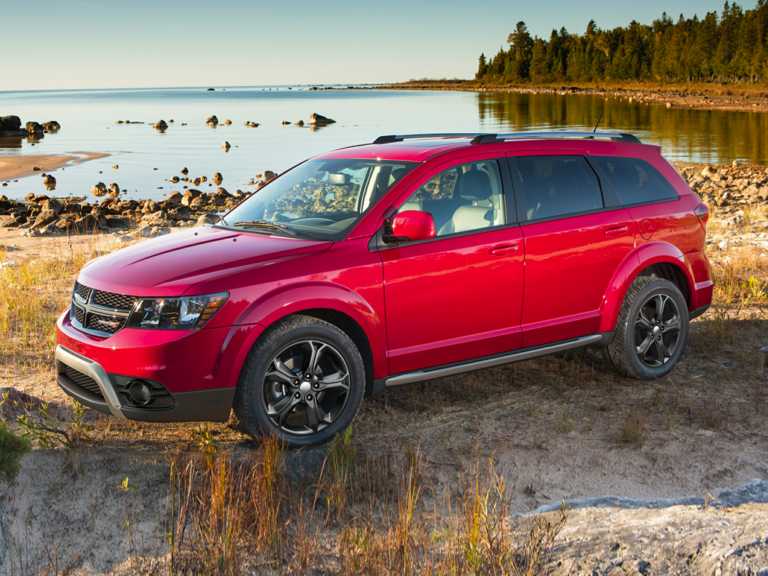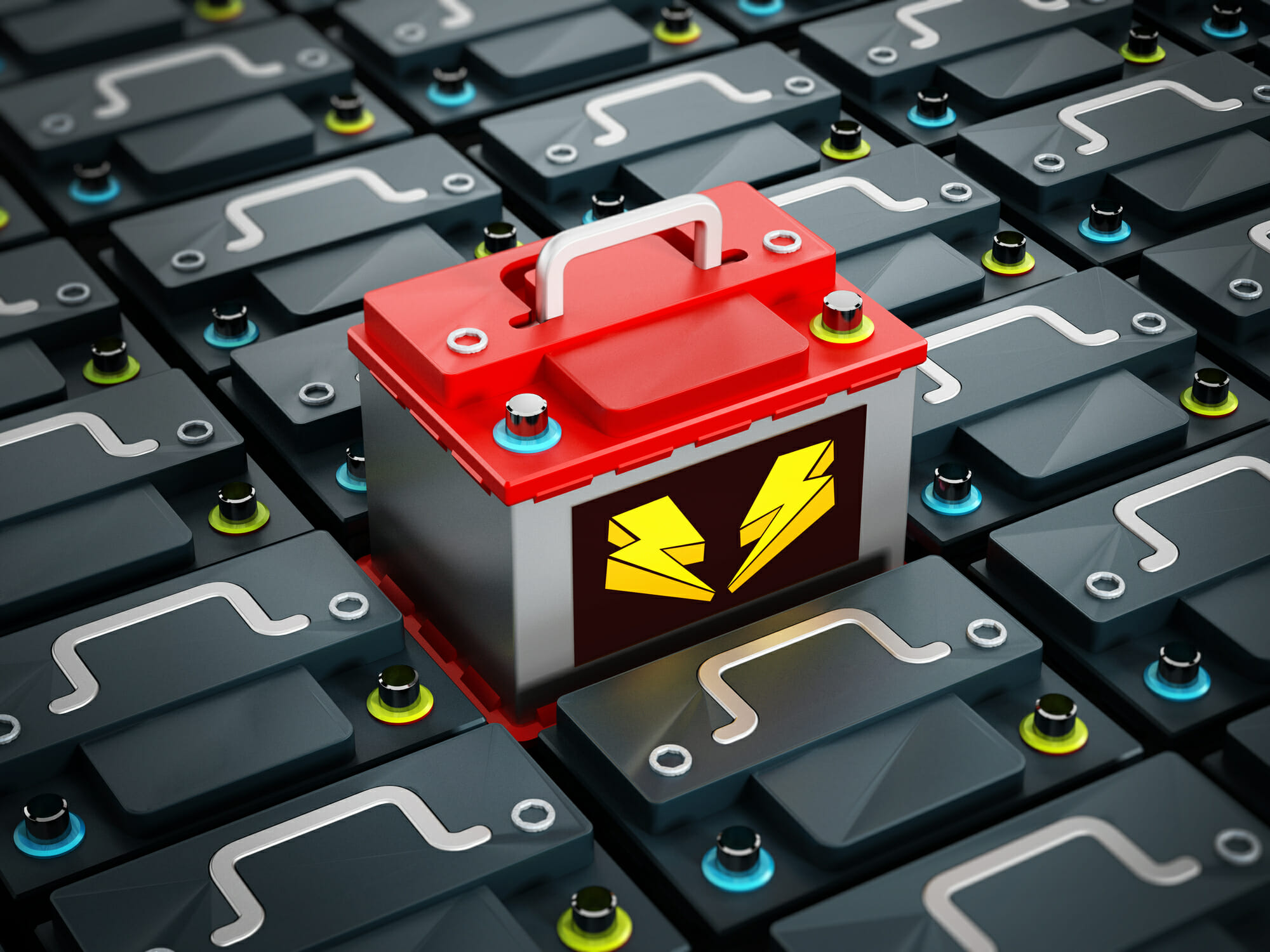You know that when you’re buying a vehicle, you want to make sure it’s going to provide solid, reliable service. Part of that process is ensuring that you’ve got a good battery to start your Dodge Journey’s engine. But knowing that you may need a new battery and knowing which one to get are two different issues.
What’s the best battery for a Dodge Journey?
Still, in its first generation, the Dodge Journey takes a battery group size 86 battery. These deliver a minimum of 525 cold-cranking amps to get you started on a cold morning, for both its 2.4L gasoline engine as well as its 3.6L flex-fuel engine.

Battery Group Sizes Explained
Your dodge Journey battery needs to put out a minimum amount of power to start effectively, in addition to having reserve capacity that can run the lights, audio and other electronics for a limited time without your engine running. This means the simplest way to replace your battery is with another of the same group.
Battery groups are used because your Journey’s frame, brackets and hood consist of sheet metal. Installing a battery that’s too tall into the space can cause the underside of your hood to contact both terminals. This can create a short and a dangerous situation.
Your Journey’s battery hold-down is another issue with changing battery group sizes. If the battery is too wide, tall or short, the hold-down may not keep your battery securely in place, allowing it to shift. This can cause problems with safety, can damage moving parts and can cause starting problems.
That being said, with careful thought and measurements, you can change battery group sizes for your Journey. For example, adding a larger deep-cycle battery adds field capacity for construction or emergency response vehicles, though adding a second battery also works well.
Lead-Acid, Lithium-Ion, SLI or Deep Cycle?

Now that you know how vital the group size is, let’s talk about battery type, which is based on the chemicals used to store the electric current. Typically, these fall into two options. The first is the traditional lead-acid. Second is lithium-ion, which are quickly gaining popularity.
As the earliest and most widely-used rechargeable battery, lead-acid is the standard. Invented in 1859, these feature high power density, meaning they release lots of power quickly when started. It has several cells with positive and negative plates, separators and electrolyte.
Lead-acid batteries come in several types, like wet flooded, calcium-calcium, gel, AGM and AGM spiral. The use of lead makes them heavy, from 30-50 pounds. Depleting your lead-acid battery to zero charge causes premature wear and early failure.
Why? Because of the chemistry change within the battery. As it discharges completely, lead sulfate builds up on the plates. Periodic full charges prevents this problem from starting and improves battery performance. For this reason, these batteries must be stored charged.
High energy density lithium-ion batteries were made commercially available in the 1970s, but drops in price have made them available for automotive use. They weigh a third of comparable lead-acid batteries with the same performance, making them great when weight is a concern.
Due to the difference in their chemistry and performance profiles, lithium-ion batteries can be expected to last the life of your vehicle, rather than requiring the periodic replacement of lead-acid batteries. That being said, improper charging can cause individual battery cells to fail.
What about deep cycle or SLI batteries? Typically referring to lead-acid batteries, deep cycles allow the battery to be drained more deeply before recharging while SLI’s are focused on starting, lighting and ignition. If you use your vehicle a lot with the engine off, deep cycles prevent battery wear.
OEM vs. Aftermarket: What’s the Difference?
The last aspect for consideration is whether to use an aftermarket or OEM, original manufacturer’s equipment, battery. What’s the difference between these battery types and how will it impact your Journey’s performance and reliability?
To put it simply, yes. Beyond the other aspects that impact battery quality, there are many differences in manufacturing processes. One factory has different electrolyte water while a second has more variance in the electrodes, among other issues. Here’s a quick look at both types.
OEM batteries tend to be higher quality, because the manufacturer wants to maintain a reputation for delivering high-quality vehicles that provide years of dependable operation without changing batteries. This is why manufacturers have a higher battery rejection rate.
But why do manufacturers reject batteries? The battery could have too high or low levels of specific compounds in the electrolyte, there could be minute differences in the plates that impact capacity and many other small differences affecting battery life.
This is one of the reasons why we recommend OEM batteries due to their higher quality and stronger value. However, these batteries can also be up to half again as expensive as aftermarket batteries due to these reasons.
In comparison, the aftermarket batteries available will meet the basic specs of your OEM battery. However, they may not reach the same exacting standard the manufacturer uses in accepting or rejecting batteries, so it will work well to start, but it may have issues later.
These issues can include not starting as many times, not holding a charge as well or having cells fail within the battery. These issues can impact your reliability, so make sure to carefully check reviews before purchasing. That being said, the lower price tag is a good motivator for many.
If You Do Go Aftermarket, Here’s What We Suggest
Aftermarket carries a very tempting price tag, so if you do decide to go with an aftermarket battery, here are three that we can highly suggest. Duracell AGM Platinum receives some of the highest ratings from consumers.
However, for the best starting power, overall lifespan and strong performance, the Odyssey Extreme Series delivers absolutely amazing results.